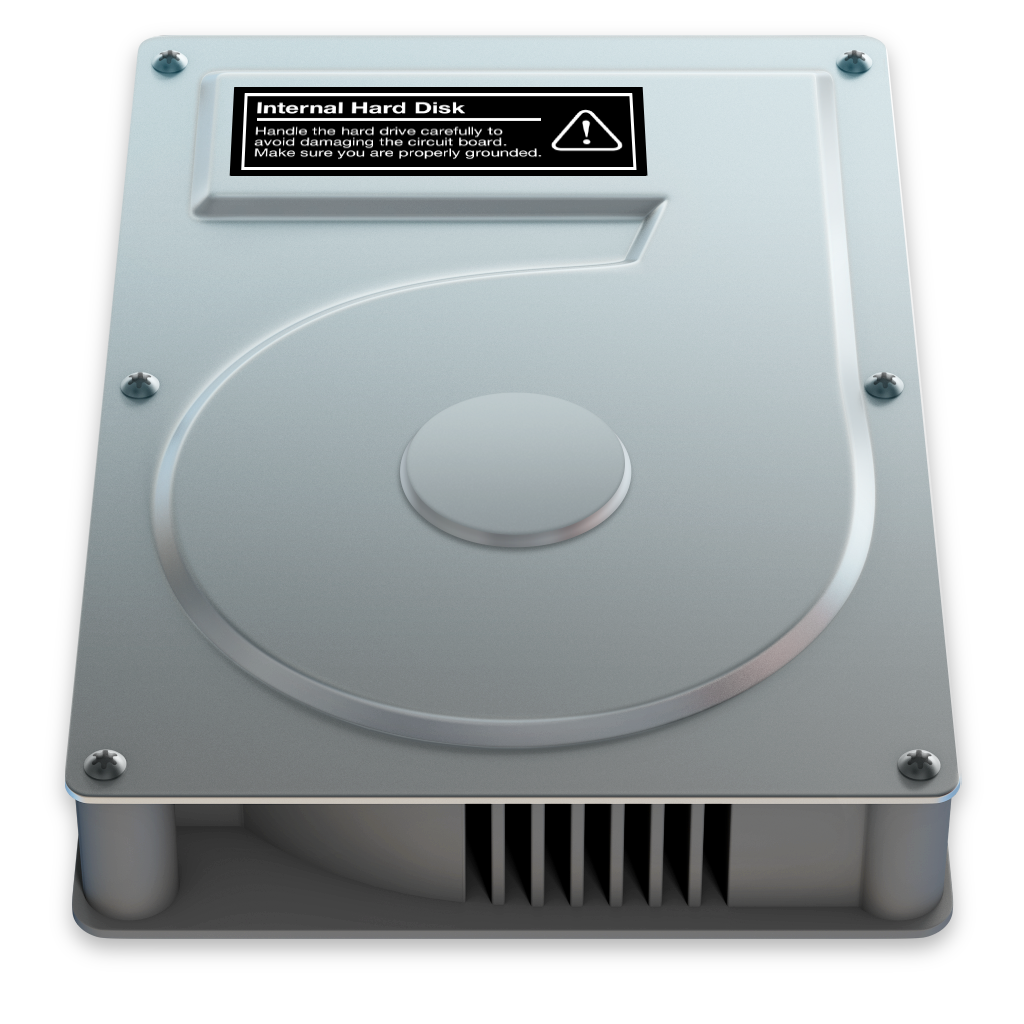
Not only are there three different methods (which we’ll run through below) the methods depend on the version of macOS that you are running. Use the Erase All Content and Settings option setting in System Preferences (available if you are running macOS Monterey and later on a M1 or M2 Mac, or an Intel Mac with a T2 chip).Use macOS Recovery to reinstall macOS the web.



For further security, these Macs also do not start directly from the system volume, but from a snapshot of the system. This seal is stored either in the T2 chip of the newer Intel Macs or in the Secure Enclave of the Apple M1/M2.Įach component of the system is signed in hierarchical order, and any change to a component would also invalidate the seal that represents the top level. Since macOS Big Sur, macOS has its home on its own volume, which is both read-only and cryptographically signed and sealed (referred to as a Sealed System Volume). In the past it was helpful to reinstall the system if you wanted to correct some Mac problems, but today this solution doesn’t make as much sense.


 0 kommentar(er)
0 kommentar(er)
